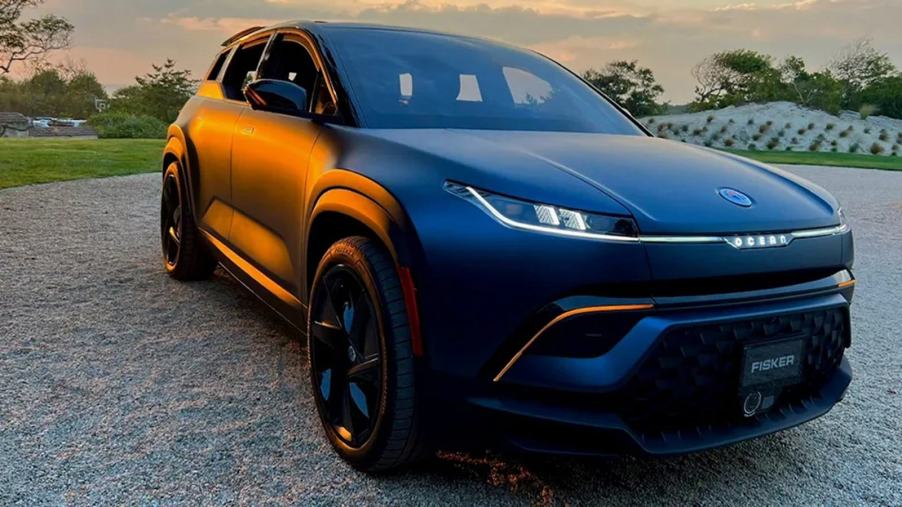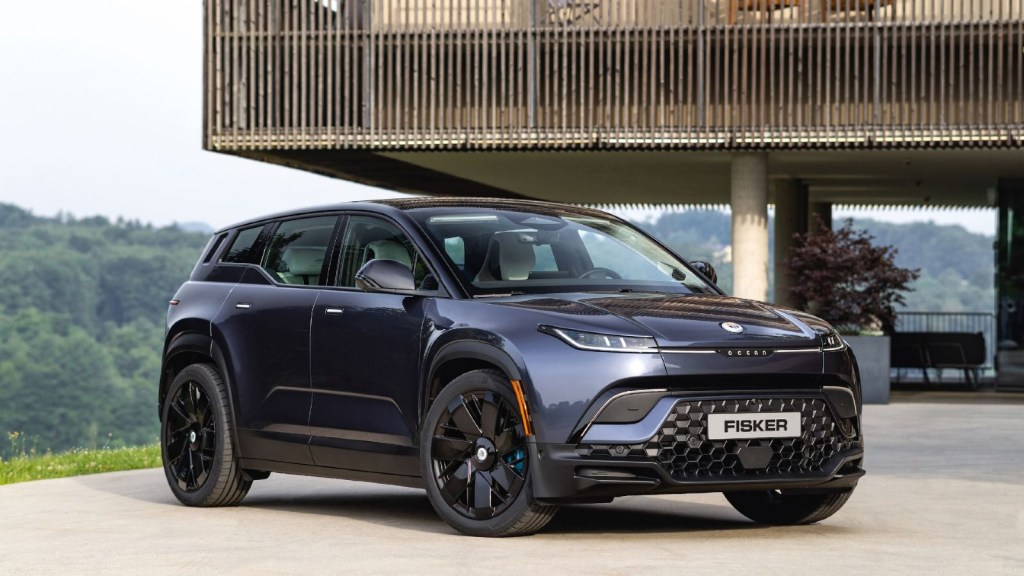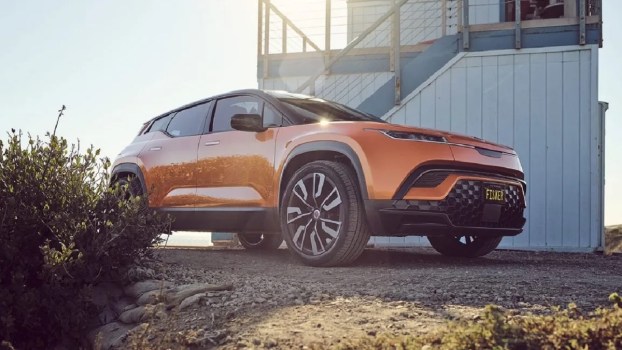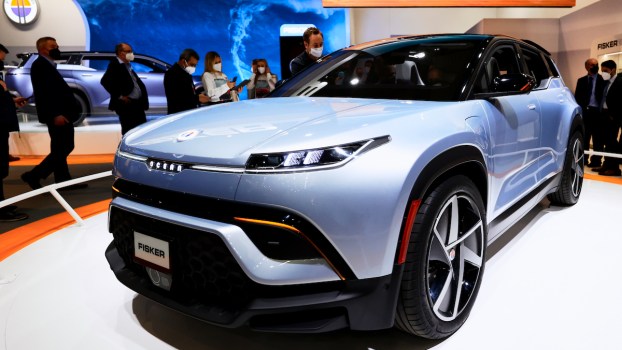
Unveiling the Hits and Misses of the Fisker Ocean Electric SUV
How could a $70,000 electric SUV be the worst car an automotive review has ever reviewed? Although the Fisker Ocean has a long list of redeeming qualities, it’s lacking in some important areas, which makes it difficult to live with. Are we asking too much of a relatively new electric SUV, or should Fisker reach for a higher bar?
The Fisker Ocean competes in a packed segment
The automotive market won’t give this new electric SUV a pass for being a newcomer to the market. The Ocean competes in a class with some of the most popular EVs, including:
- Tesla Model Y
- Hyundai Ioniq 5
- Kia EV6
- Mustang Mach-e
Other new models are coming, including the new Chevrolet Blazer EV, which should be highly competitive with the rest of this class. Unfortunately, the reviewer from Auto Focus was less than impressed with the daily usefulness of the Fisker Ocean.

What makes this Fisker electric SUV a solid choice?
The new Ocean electric SUV has an impressive style and hits some high notes in terms of the SUV’s basic fundamentals. The shape is reminiscent of a Range Rover, giving this SUV an upscale, luxury quality. Some of the redeeming qualities of this SUV are:
- Light signature
- Grille style
- Stylish wheels under the aero caps
- Flush door handles
- Side-mirror turn signals
- Body side turn signals – mounted high on the rear side areas
- Roof solar panels
- Large steering wheel
- Infotainment and gauge screens
- Large rear seat
- Rear camera mirror
The Ocean has a generous cargo area and spacious cabin. This vehicle’s overall look and feel could be enough to entice many drivers.
How will the Fisker Ocean disappoint many drivers?
The most disappointing aspect of this new electric SUV is the incomplete software programming. The Ocean’s software system is unreliable at best and can be downright dangerous, especially if the safety system fails. The reviewer pointed out that every time he started the vehicle it presented a different failing feature, and most electronics were unpredictable.
Considering our dependence on electronics in modern vehicles, living with a vehicle that doesn’t connect easily to your smartphone and presents various system failures makes driving unnerving and much less enjoyable than it should be.
Other areas where the Ocean is disappointing are:
- No front seat rear pockets
- Solar panels don’t report stats
- No brake hold on hills
- Strange sun visors – small fold-out and tiny mirrors
- The center console is dominated by a fold-out tray
- No glove box – just another tray for the passenger
- The drive mode button isn’t clearly indicated
- Launch Mode is limited to 500 uses
- The steering wheel control buttons are poorly located
The drive modes are called Earth, Fun, and Hyper, but only seem to adjust the throttle response. Strangely, the regular driving mode, Earth, can provide wheel-spinning power when the throttle is pressed to the floor, creating a confusing power deliver.
Another unlabeled button is the button that rotates the infotainment system from portrait to landscape. This button is the Fisker logo, and must be held for five seconds for the screen to rotate.
Fisker promises a software update
The 2.0 software update for the Fisker Ocean should include upgrades to many systems and give drivers:
- Revised torque split 50/50 to 45/55
- Automatic vehicle hold
- Energy meter for solar roof
- Trailer sway mitigation
- Key fob enhancements
- OTA capabilities
- Reduction of charge loss while parked
The verdict
For now, the Fisker Ocean is fundamentally a good electric SUV with more than 300 miles of driving range, but it has a long list of flaws. Most of these flaws relate to the programming and electronics, which makes this EV hard to live with. Hopefully, Fisker’s upgrade will address most of the problems.






